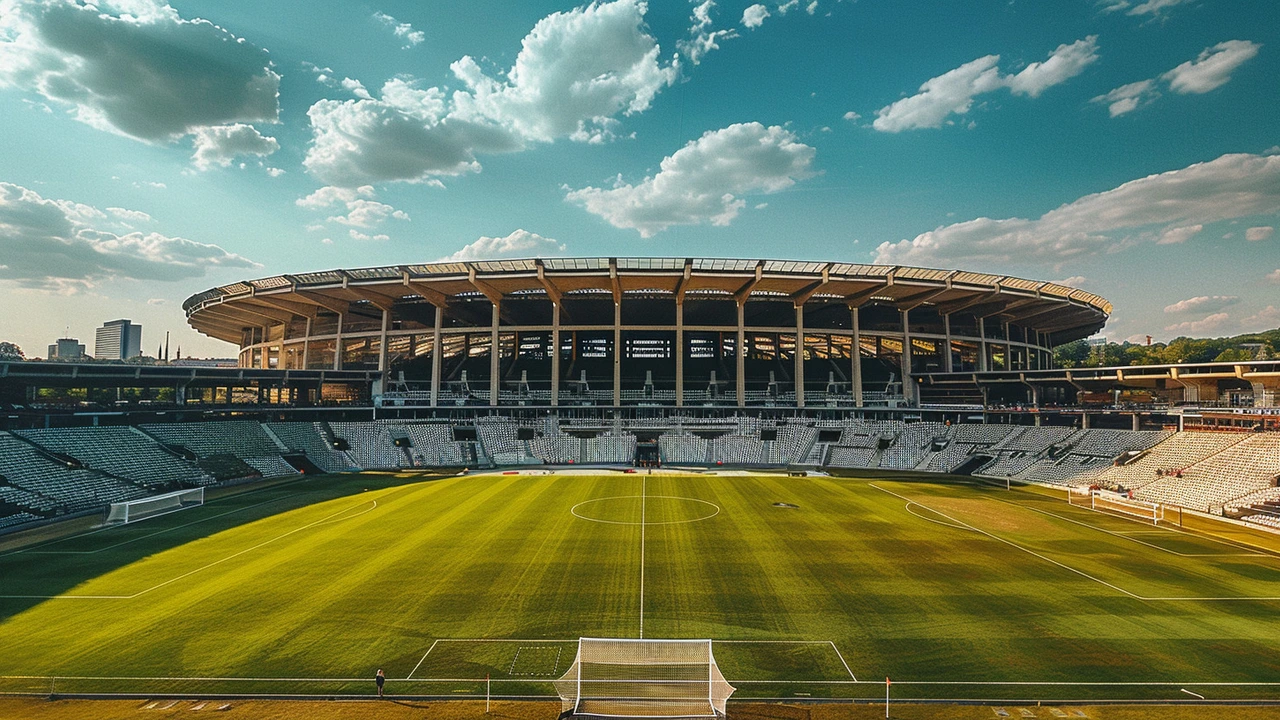Architectural Design Trends: How Modern Buildings Are Shaped Today
If you’ve walked past a new office tower or a renovated museum lately, you’ve probably felt that something fresh is happening in architecture. Designers are mixing tech, green ideas, and bold aesthetics to create spaces that work better for people and the planet. In this guide we’ll break down the biggest trends you’re seeing right now, why they matter, and how you can spot them on a city walk.
1. Sustainability Takes Center Stage
Green roofs, solar facades, and recycled materials are no longer niche experiments; they’re becoming standard practice. Architects now calculate a building’s carbon footprint from the sketch stage, choosing low‑embodied‑energy concrete or timber that stores CO₂. You’ll notice more projects with large windows that let daylight flood in, cutting down on artificial lighting. Passive design tricks—like natural ventilation stacks and shading devices—also help keep energy bills low while keeping occupants comfortable.
2. Tech‑Driven Design Is Changing the Game
From 3D printing whole wall panels to AI‑assisted layout planning, technology is speeding up design cycles. BIM (Building Information Modeling) lets teams coordinate structural, mechanical, and aesthetic decisions in a single digital model, reducing errors before construction even starts. Drones are now used for site surveys, delivering centimeter‑accurate topography data that feeds directly into the design software. The result? Buildings that fit their context better and get built faster.
Another hot tech trend is the rise of “smart” buildings. Sensors track occupancy, temperature, and air quality in real time, automatically adjusting HVAC systems for optimal comfort while saving energy. For a homeowner or office manager, this means lower utility costs without sacrificing indoor comfort.
3. Human‑Centred Spaces Matter More Than Ever
Designers are shifting focus from pure visual impact to how spaces feel and function for people. Flexible floor plans that can be reconfigured for different uses are becoming common, especially in coworking hubs and schools. Biophilic design—bringing nature inside through plants, water features, and natural materials—helps reduce stress and boost productivity.
Even the smallest details count. Hand‑crafted joinery, textured wall finishes, and locally sourced stone add a sense of place that mass‑produced interiors lack. When you walk into a lobby with a tactile marble wall or a wooden ceiling, you instantly feel connected to the building’s story.
4. Cultural Context Shapes Modern Aesthetics
Globalization doesn’t mean uniformity. Architects now dig deep into local history, climate, and cultural symbols before deciding on a façade language. In African cities, for instance, you’ll see contemporary towers that incorporate traditional patterns or use locally made bricks in innovative ways. This approach not only respects heritage but also creates landmarks that residents can truly claim as their own.
When you spot a building with a roofline echoing historic silhouettes or a façade pattern inspired by indigenous textiles, you’re seeing architecture that bridges past and future.
5. Minimalism Still Rules, But With Warmth
Sleek lines, open volumes, and monochrome palettes continue to dominate high‑end projects. Yet the cold minimalism of a decade ago is giving way to softer tones, warm wood accents, and subtle color pops that make spaces feel inviting rather than sterile.
Think of a glass office tower where the exterior is all sleek steel, but the interior lobby features reclaimed timber flooring and a living green wall. That blend of minimal form with organic warmth hits the sweet spot for many modern users.
Whether you’re an architecture student, a developer, or just someone curious about the buildings around you, these trends give you a roadmap to understand why new projects look the way they do. Keep your eyes open on city streets and you’ll start spotting sustainable materials, tech‑driven details, and human‑centric touches that signal the next wave of architectural design.
Ready to see more? Dive into our latest articles on specific projects, interview insights from leading architects, and step‑by‑step guides on how these trends are applied in real life. Your next building tour will never be the same.

Exploring the Architectural Marvels of Euro 2024 Stadiums in Germany
Jun 14, 2024, Posted by Ra'eesa Moosa
Euro 2024 in Germany features ten stadiums renowned for their unique architectural designs, from the Allianz Arena in Munich to the historic Olympiastadion in Berlin. These venues blend history, technology, and innovation, setting the stage for an unforgettable tournament.
MORE